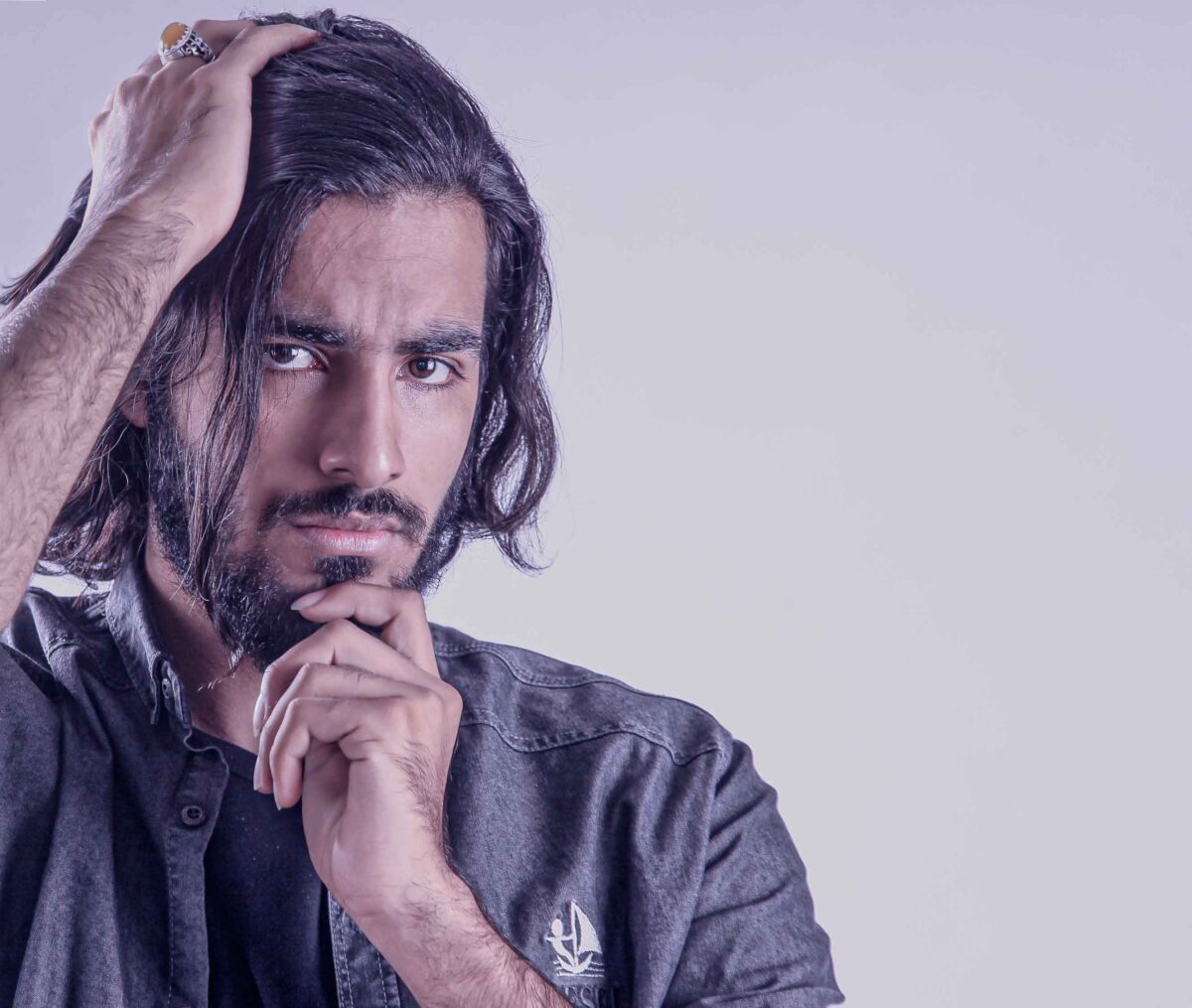Understanding the Function of Veins in the Body
Capillaries play an essential role in the circulatory system, functioning along with arteries and capillaries to guarantee appropriate blood circulation throughout the body. While arteries lug oxygen-rich blood from the heart to the remainder of the body, capillaries are responsible for returning deoxygenated blood back to the heart.
Framework of Veins
Blood vessels are blood vessels that have thin walls and reduced pressure compared to arteries. They are geared up with valves that avoid the backward circulation of blood, making certain that blood moves in just one instructions towards the heart. Capillaries are split right into different types based upon their place and function, such as superficial veins, deep veins, and lung veins.
Superficial veins are located better to the skin’s surface and are often visible, while deep veins are located within the muscles and cells. Lung blood vessels, on the various other hand, lug oxygenated blood from the lungs to the heart.
Veins are likewise equipped with smooth muscular tissues that help push blood in the direction of the heart, particularly in areas where the pressure of gravity might impede blood circulation, such as in the legs.
- Surface capillaries
- Deep veins
- Pulmonary capillaries
Functions of Veins
Blood vessels do a number of crucial features uromexil forte se gaseste in farmacii in the body, including:
۱. Returning blood to the heart: Blood vessels work against gravity to return deoxygenated blood from the body’s tissues back to the heart. This procedure is critical for maintaining proper blood circulation and supplying oxygen and nutrients to all cells in the body.
۲. Blood storage space: Veins serve as a tank for excess blood, enabling the body to manage changes in blood volume and stress. When much more blood is needed in a specific area, capillaries can constrict to reroute blood flow appropriately.
۳. Temperature regulation: Blood vessels help regulate body temperature level by readjusting blood circulation to the skin’s surface. When the body needs to cool off, blood vessels expand to release heat with the skin. Alternatively, in cold problems, veins restrict to preserve heat and preserve core temperature level.
Typical Vein-related Problems
Regardless of their vital duty in the circulatory system, veins can occasionally establish troubles that impact diatea oz their function. Some typical vein-related concerns include:
۱. Varicose blood vessels: Varicose veins are swollen, twisted capillaries that commonly appear in the legs as a result of weak or broken valves. This problem can trigger pain, swelling, and pain, influencing blood flow and circulation.
۲. Deep blood vessel thrombosis (DVT): DVT happens when an embolism types in a deep blood vessel, usually in the leg. This condition can be serious if the clot displaces and travels to the lungs, triggering a pulmonary embolism.
Final thought
Veins play an important role in the blood circulation system, functioning relentlessly to make sure appropriate blood circulation and oxygen shipment throughout the body. Comprehending the features and structure of veins can help people take much better treatment of their cardio wellness and look for treatment for any vein-related concerns without delay.
Referrals:
۱. National Heart, Lung, and Blood Institute.”Exactly How the Heart Works.” nhlbi.nih.gov. Accessed on October 15, 2021.
۲. American Heart Association.”Regarding Veins and Arteries.” heart.org. Accessed on October 15, 2021.



